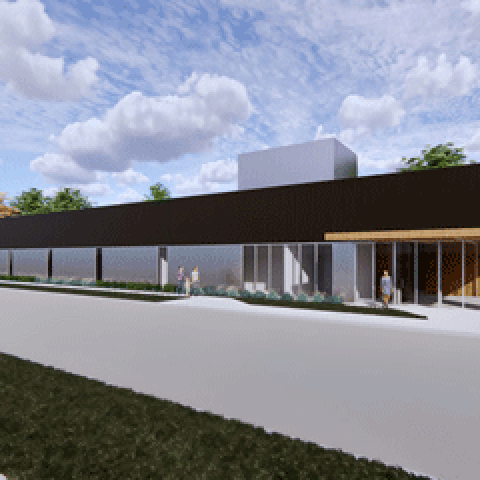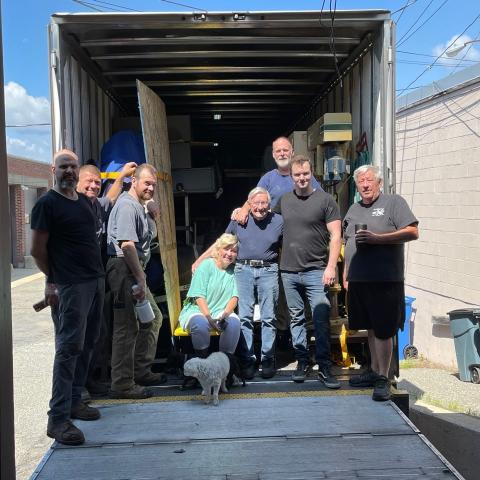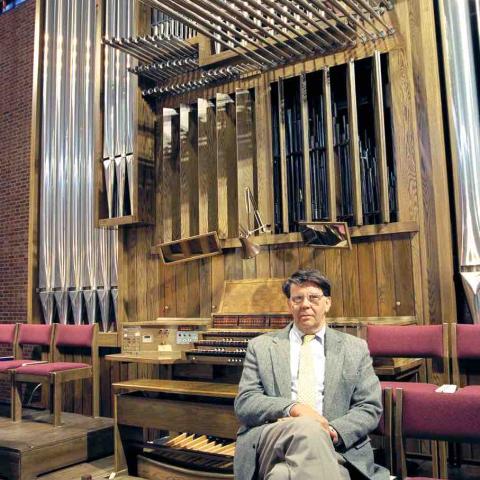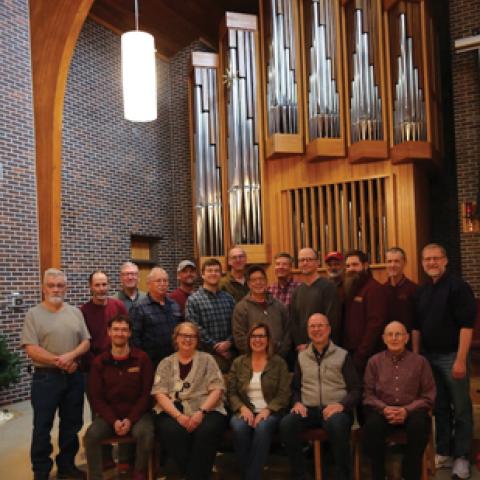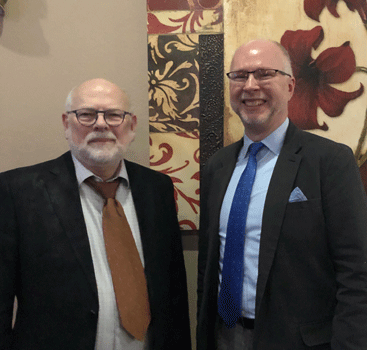
In 2012, Lynn Dobson and John Panning set in motion a business continuation plan to provide for the future of Dobson Pipe Organ Builders, Ltd., Lake City, Iowa, upon Dobson’s retirement. On February 15, Dobson retired from full-time employment, and Panning become the company’s owner and president. Dobson will continue to work with the company and clients on the visual design of new organs, and he will remain involved in projects currently under construction.
Dobson is acclaimed as one of the most gifted case designers of his generation, producing architecturally-sensitive designs that run the gamut from Gothic to contemporary. In his 45 years as president and artistic director, the company has been commissioned to build landmark instruments for Los Angeles’s Cathedral of Our Lady of the Angels, Philadelphia’s Verizon Hall, Merton College in Oxford, U.K., and Saint Thomas Church Fifth Avenue in New York, as well as more modest instruments found across the country.
The Dobson company was formed in 1974, and Panning has worked with the firm since 1984. Dobson Pipe Organ Builders is currently building its Opus 97, a three-manual instrument of 51 ranks for the University of Dubuque, which will be installed in May. A two-manual organ of 32 ranks for Saint Christopher’s Church in Chatham, Massachusetts, follows, then a four-manual, 51-rank instrument for Saint James’s Church in Sydney, Australia, the oldest building in that city’s historic center. The company maintains 120 organs in the upper Midwest and has two restoration projects upcoming, both unaltered mechanical-action organs: the 1892 J. W. Steere & Sons organ in First Baptist Church, Owatonna, Minnesota, and an early Lyon & Healy instrument, Opus 34 from 1899, at the Church of St. John the Evangelist in Independence, Iowa.
For information: www.dobsonorgan.com.

